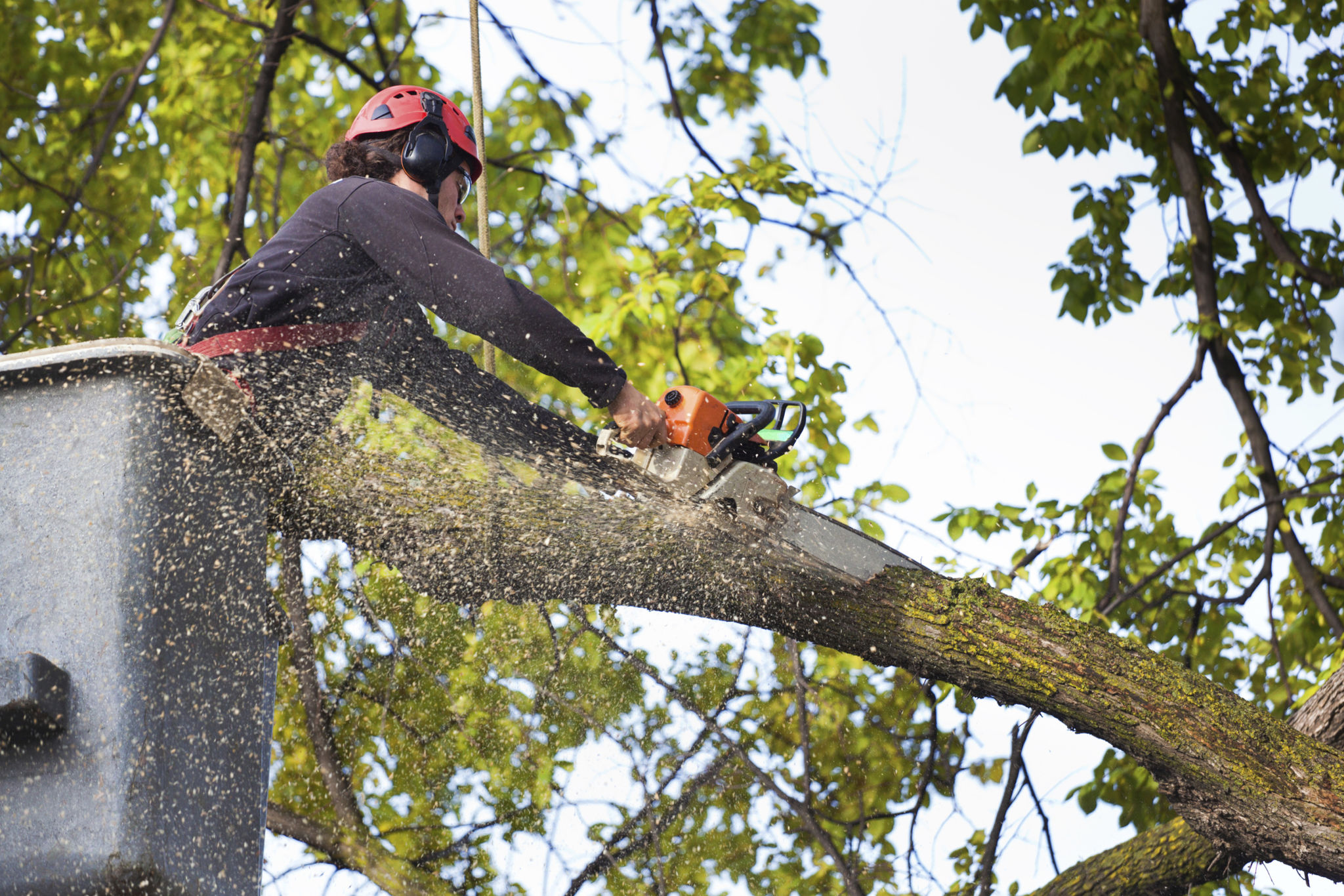Myth-Busting: Common Misconceptions About Tree Care in Jefferson County
MP
Introduction to Tree Care Misconceptions
Tree care is an essential aspect of maintaining a healthy and beautiful landscape, yet it is shrouded in myths and misconceptions. In Jefferson County, many homeowners make decisions based on inaccurate information, which can lead to poor tree health and costly mistakes. In this blog post, we will debunk some of the most common myths about tree care to help you make informed decisions.

Myth 1: Trees Don't Need Regular Maintenance
A widespread misconception is that trees can thrive without regular maintenance. While it's true that trees in natural forests often grow without human intervention, urban and suburban environments present unique challenges. Regular maintenance, such as pruning and inspections, is crucial for promoting healthy growth and preventing potential hazards.
The Importance of Pruning
Pruning is not just about aesthetics; it is a vital part of tree health. Removing dead or diseased branches can prevent the spread of disease and improve the overall structure of the tree. Regular pruning also helps in managing the size and shape of the tree, reducing the risk of branches interfering with power lines or structures.

Myth 2: Topping is a Good Way to Control Tree Size
Tree topping, or cutting back large branches to stubs, is often thought to be an effective way to control a tree's size. However, this practice can severely damage a tree and increase its susceptibility to disease and pests. Instead of topping, consider consulting a professional arborist for alternative methods of size management.
Alternatives to Topping
Instead of resorting to topping, consider techniques like crown reduction or thinning. These methods involve selectively removing branches to reduce the tree's size while preserving its natural shape. Hiring a certified arborist ensures these techniques are performed correctly, promoting long-term tree health.

Myth 3: Trees Can Survive on Rainwater Alone
While trees can often survive on natural rainfall, it's not always sufficient for optimal growth, especially during dry spells or in areas with poor drainage. Supplemental watering is sometimes necessary to maintain tree health and support new growth.
Guidelines for Watering
- Water deeply but infrequently to encourage deep root growth.
- Avoid overwatering, which can lead to root rot and other issues.
- Use mulch around the base of the tree to retain moisture and regulate soil temperature.
By following these guidelines, you can ensure your trees receive the right amount of water for their specific needs.
Conclusion: The Value of Professional Tree Care
The myths surrounding tree care can lead to practices that harm rather than help your trees. Understanding the truth about these common misconceptions is the first step toward proper tree care. For complex issues or large trees, it's always best to consult with a certified arborist who can offer expert advice tailored to your landscape's unique needs.
Caring for your trees not only enhances the beauty of your property but also contributes to the overall health of the environment. By debunking these myths and adopting best practices, you can enjoy thriving trees for generations to come.
